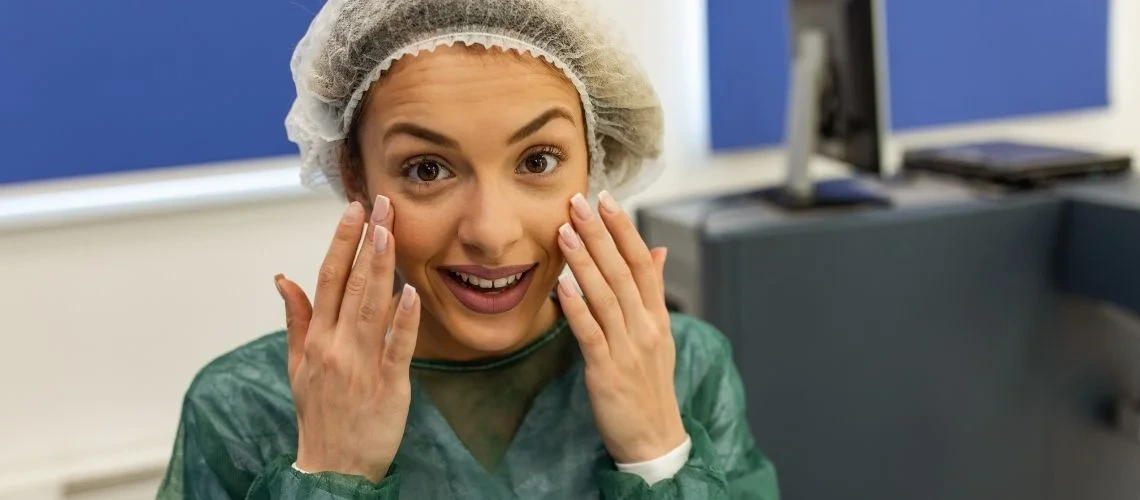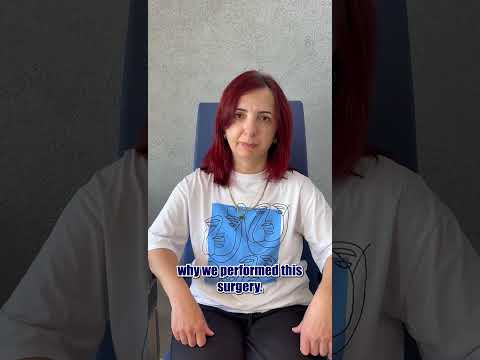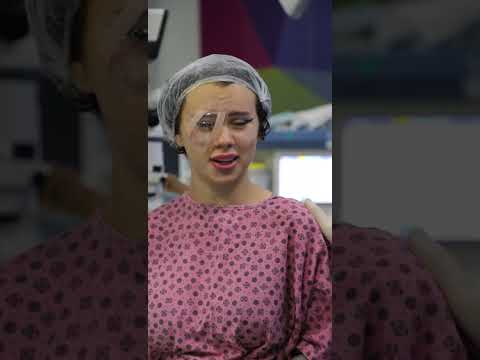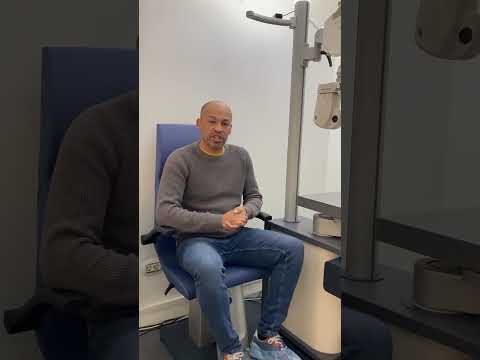Lazy eye (amblyopia) is a condition that can develop in early childhood as visual abilities begin to form through exposure to visual stimuli. Every baby is born with a degree of hyperopia (farsightedness), and vision improves as both eyes receive proper visual input, which is then processed by the retina and the brain.
If, however, one or both eyes do not receive equal and healthy stimulation during this critical development phase, it can lead to impaired visual development — resulting in amblyopia, or “lazy eye.”
Why Early Detection of Lazy Eye Matters
Early diagnosis and treatment of lazy eye are critical. Visual development continues until around the age of 12, after which progress slows significantly. The earlier treatment begins, the higher the chance of success. Because of this, vision screening programs for amblyopia have been implemented in schools in recent years.
Lazy Eye Treatment
The main goal in treating amblyopia is to stimulate the affected eye as much as possible. First, the cause of the visual impairment must be identified. If a condition like congenital cataract, droopy eyelid (ptosis), or corneal abnormality is blocking the visual pathway, that must be treated first.
If the cause is a refractive error difference between the two eyes (anisometropia), glasses are prescribed to correct it. If needed, patching therapy is used, where the stronger eye is covered for 2–4 hours a day to force the weaker eye to work harder.
If not treated in time, amblyopia can become permanent, affecting a person’s life in many ways — from limited career choices to challenges in social settings. This makes early detection and treatment absolutely vital.
Are Lazy Eye and Strabismus the Same?
Though often confused, amblyopia (lazy eye) and strabismus (eye misalignment) are different conditions. However, they are closely related. Strabismus can lead to lazy eye, and amblyopia can later result in the development of strabismus.
What Is Strabismus?
Strabismus is a condition in which the eyes do not look in the same direction. While one eye focuses straight ahead, the other may turn inward, outward, upward, or downward. In some cases, individuals with strabismus develop abnormal head positions to maintain focus and clarity.
Although it is more common in childhood, strabismus can also occur in adults under certain conditions.
Causes of Strabismus
The exact cause of strabismus is not always known, but contributing factors include:
-
Genetic predisposition
-
Muscle paralysis
-
Brain tumors
-
Congenital glaucoma or cataracts leading to visual loss
Symptoms of Strabismus
-
Eye misalignment
-
Abnormal head or face positions (tilting, turning)
-
Double vision
-
Difficulty focusing or problems with depth perception
Strabismus Treatment
In childhood cases, the primary goal is to prevent the development of amblyopia through glasses or patching therapy. The main principle in strabismus treatment is to realign the eyes and achieve parallel vision.
The treatment approach depends on several factors, including the type of strabismus, the age of the patient, and whether glasses are needed. After careful monitoring and measurement, a surgical plan may be considered if necessary.
Both lazy eye and strabismus are conditions that can be successfully managed — especially if detected early. Pediatric eye exams, school screenings, and parental awareness all play vital roles in preserving a child's vision and overall quality of life.











